Northwest Airlines,
Senior Consultant,
1991 April through 1995 October.
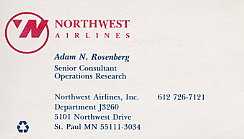
Airline Booking Simulation: In anticipation of new yield management
technology, I was asked to write a computer simulation of airline
booking from first listing of flights through day of departure.
Starting with a single hub-and-spoke "complex" of inbound and
outbound flights, I was able to expand the simulation to the entire
Northwest Airlines network, thousands of flight legs and 100,000
connections.
Enhanced Network Value Indexing for Yield Management: The booking
simulation needed a new booking policy to test, so I came up with a
leg-based "displacement cost" strategy we called ENVI which became
the airline's yield management system from 1993 to 2006 where it
earned about $30 million per year in incremental revenue within
the constraints of the existing forecasting and reservations systems.
I designed, documented, developed, and tested the simulation and ENVI.
Delay and Cancellation Reporting System: Starting with delays for
eight international cargo airplanes, my delay-tracking system grew to
manage delay tracking for the entire airline. I was able to present
back-tracking of delay causes in a format familiar to managers using
legacy systems. My software allows the airline to calculate
"allocated" delay times from root causes including their downline
consequences.
Jet Engine Reliability Study: When high engine removal rates were
plaguing one of our engine types, I was asked to do a statistical
regression to see which components of our watchlist were meaningful.
After trying sophisticated "logit" models, I found simple linear
techniques were more revealing and was able to find significant
behavior differences between sub-classes of this engine type.
Scheduling Tools: I started my scheduling-support work with a
general connection builder to derive routes passengers might
reasonably fly from origin to destination. That connection builder
was used to bid for military transport contacts and evolved into a
true connection builder with all the hub, customs, and ground-time
constraints. I also built schedule-comparison and weekend-exception
programs that are still in use fifteen years later.
AT&T Bell Laboratories,
Member of Technical Staff (MTS),
1982 April through 1991 March.
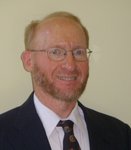
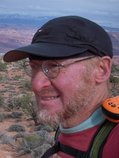
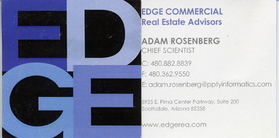 Medical Site Selection: Using United States census data and
doctor office location data from SK&A, we built a database of
quarter-mile "bins" with doctors (servers) and population (users).
I designed and developed a program that used the Huff model from
retail and some nice computation tricks to generate a "heatmap" with
a patient-count estimate for each bin based on proximity and other
attractive attributes including being near a freeway or near a
hospital. I worked with my associate to build a more-robust database
using open-source PostgreSQL with more precise data from the census.
We have one client so far and he's happy with the report.
Medical Site Selection: Using United States census data and
doctor office location data from SK&A, we built a database of
quarter-mile "bins" with doctors (servers) and population (users).
I designed and developed a program that used the Huff model from
retail and some nice computation tricks to generate a "heatmap" with
a patient-count estimate for each bin based on proximity and other
attractive attributes including being near a freeway or near a
hospital. I worked with my associate to build a more-robust database
using open-source PostgreSQL with more precise data from the census.
We have one client so far and he's happy with the report.
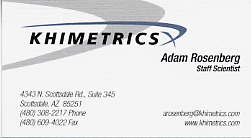

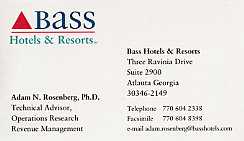
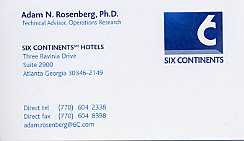
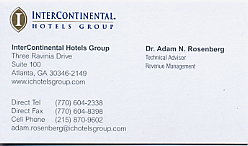
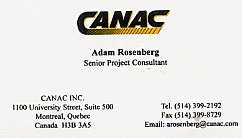
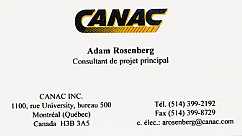
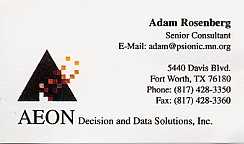
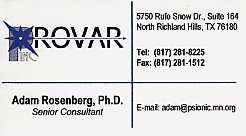
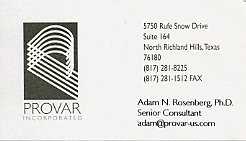
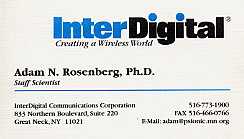 CDMA Capacity Study: InterDigital is one of the technical pioneers
for Code Division Multiple Access, the up-and-coming mobile telephone
technology in the United States. At this time CDMA was an untested
theory and nobody really knew its capacity in a dynamic cellular
telephone system. There were "static" equations for steady state
which I was able to extend using linear algebra and sophisticated
numerical techniques ("computing tricks") to get the first handle on
the dynamic capacity and blocking rate of a CDMA system.
CDMA Capacity Study: InterDigital is one of the technical pioneers
for Code Division Multiple Access, the up-and-coming mobile telephone
technology in the United States. At this time CDMA was an untested
theory and nobody really knew its capacity in a dynamic cellular
telephone system. There were "static" equations for steady state
which I was able to extend using linear algebra and sophisticated
numerical techniques ("computing tricks") to get the first handle on
the dynamic capacity and blocking rate of a CDMA system.

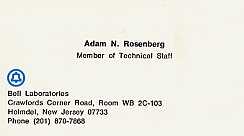
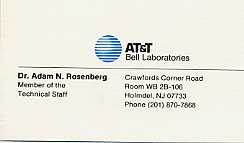
 This was a cool job. Three of my engineering buddies and I decided
to go into the printed-circuit-board-routing business. Two of them
wrote a graphical editor (programmer friendly, user hostile). One of
them wrote tools, built test cases, and handled technical support.
I designed and developed an autorouter that would take a schematic
network (called a "rat's nest" from its graphical network display)
and route printed-circuit-board traces with output for manufacture.
Besides doing straight "hug the traces" routing, both 45-degree and
orthogonal, my router did L-shape and C-shape routes with intra-layer
"vias" and used ripup-and-retry to find trace combinations.
Our product was never popular, but there was a small, devout
following in six continents because of its capabilities.
This was a cool job. Three of my engineering buddies and I decided
to go into the printed-circuit-board-routing business. Two of them
wrote a graphical editor (programmer friendly, user hostile). One of
them wrote tools, built test cases, and handled technical support.
I designed and developed an autorouter that would take a schematic
network (called a "rat's nest" from its graphical network display)
and route printed-circuit-board traces with output for manufacture.
Besides doing straight "hug the traces" routing, both 45-degree and
orthogonal, my router did L-shape and C-shape routes with intra-layer
"vias" and used ripup-and-retry to find trace combinations.
Our product was never popular, but there was a small, devout
following in six continents because of its capabilities.
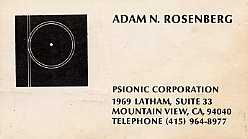 The Psionic Corporation,
1980 January through 1983 July.
The Psionic Corporation,
1980 January through 1983 July.